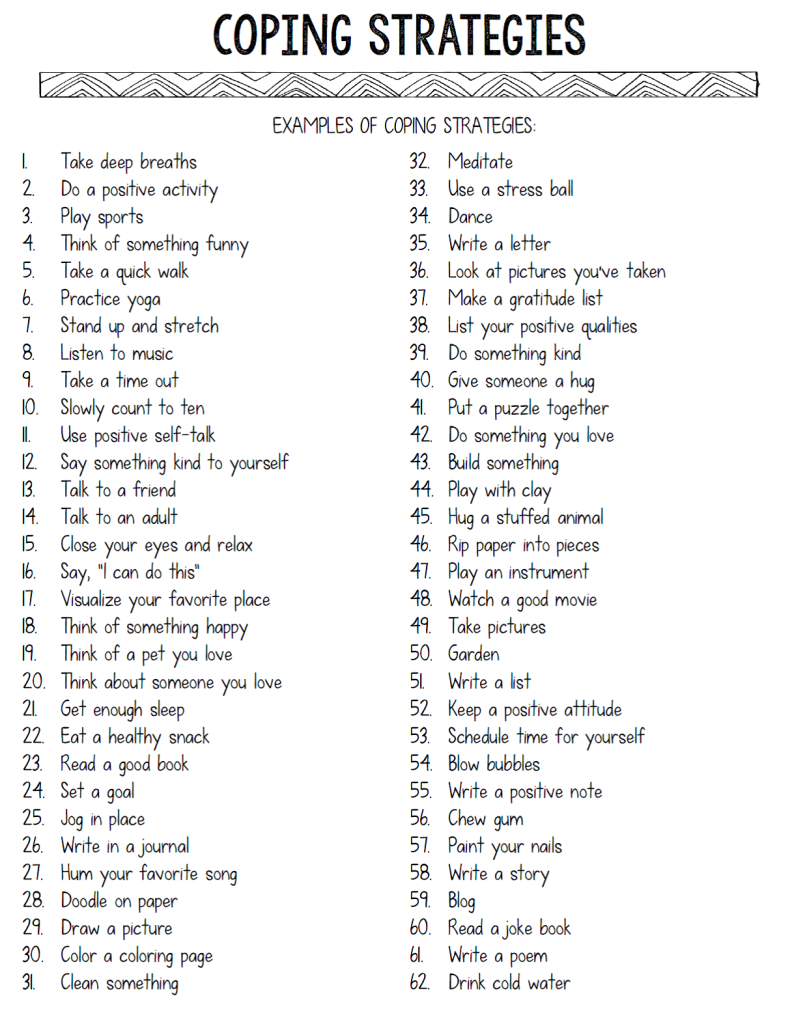(Excerpts from Aha! Parenting.com)
What is bullying? StopBullying.gov defines “bullying” as repeated unwanted, aggressive behavior in which a child or teen uses a real or perceived power imbalance, such as physical strength, access to embarrassing information, or popularity, to control or harm other kids. It can include anything from spreading rumors to name-calling to physical aggression, but this is not simply being rude or unkind once. Essentially, Bullying is a repeated, purposeful abuse of power, meant to cause harm to the other person.
Can you bully-proof your child? Unfortunately, no. There have always been hurting people who act out by hurting others, and your child’s path will sometimes cross with theirs. Your goal is not to insulate your child, but to support him/her to develop the awareness and skills to protect themselves when necessary, and to seek help when s/he is feeling overwhelmed. Bullying interactions intertwined with social media has increased psychological scarring for many children. Recent research shows that long-term consequences of bullying include higher risk for depression, anxiety, substance abuse and self-destructive behavior.
However, as a parent, you can help your child develop the skills to stand up to bullying behavior.
1. Model compassionate, respectful relationships.
As Alice Miller, author of Thou Shalt Not Be Aware, wrote: “If children have been accustomed from the start to having their world respected, they will have no trouble later in life recognizing disrespect directed against them in any form and will rebel against it on their own.”
The most effective way to keep children from being bullied, and from becoming bullies, is to make sure they grow up in loving, respectful relationships.
2. Stay connected with your child.
Children who feel lonely or different from others are more likely to be bullied. These individuals often feel ashamed that they’re being bullied, which makes them hesitate to tell their parents. However, if your child believes that you will listen, and that you have their back, they will feel more comfortable to talk with you about such things that upset them.
3. Teach your child to seek healthy relationships.
Unfortunately, bullies prey on children whom they perceive to be vulnerable. Sometimes kids want peer acceptance so much that they continue to hang around a group of peers even when one of the group leaders begins to mistreat them. If you suspect your child might be vulnerable, listen to what s/he says about peer interactions to help him learn to check in with their own inner wisdom, and work to provide healthy relationship opportunities for them.
4. Teach your child how the dynamics of bullying work.
Research shows that bullies begin with verbal harassment. How the “victim” responds to the first verbal aggression determines whether the bully continues to target this particular child. If the aggression gives the bully what s/he’s looking for — a feeling of power from successfully pushing the other child’s buttons — the aggression will generally escalate. It is of the essence to discuss this issue with every child BEFORE they might be subject to bullying, so they can stand up for themselves successfully when a bully first “tests” them.
5. When your child engages in Social Media, teach, supervise, and stay involved.
Bullying on Social Media is not so different from bullying in person; it is still an abuse of power. But there are some differences. Kids who wouldn’t be likely to engage in unkindness to someone’s face may be able to ignore the impact of their actions online, and thus may find it harder to resist bullying. When your child first begins to use social media, review it with them daily. Keep an attitude of curiosity, support and humor. Ask your child how they felt about their various interactions, what was hard, how they decided what to do. Children develop good judgment from interactions where they have a chance to safely reflect on the choices they made, and what happened.
To prevent online bullying, teach your child:
- Never share your passwords, no matter what.
- Review privacy settings regularly with your parents.
- Do not share anything that could hurt or embarrass anyone.
- Never forward anything that could be hurtful.
- Being kind to others online will help to keep you safe.
- Remember that being mean online or forwarding hurtful messages is just like being mean or spreading hurtful rumors or embarrassing someone in person.
- Always come to an adult if something online makes you uncomfortable.
The good news about bullying via technology is that you have a record. So if your child does get bullied online:
- Document everything with screenshots and dates.
- Block the person.
- Report it to the school or law enforcement, with documentation.
Together, we can help empower our children against bullying behavior.



